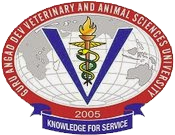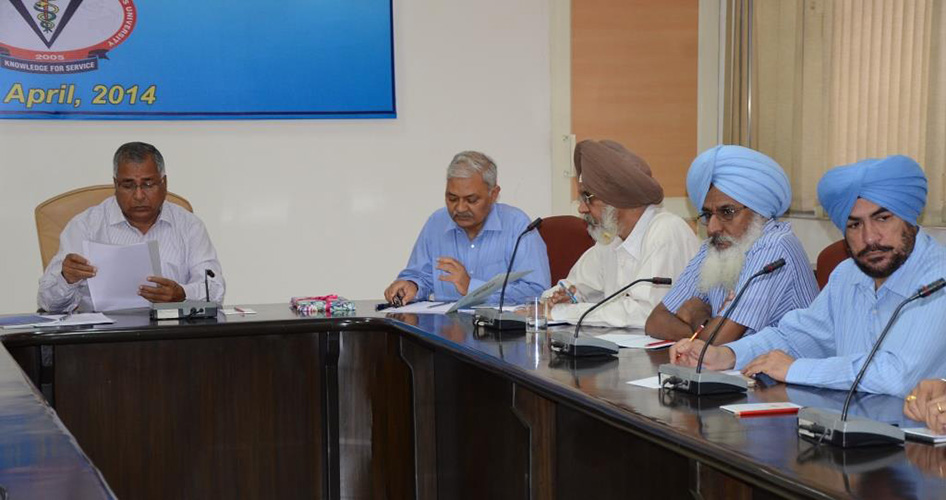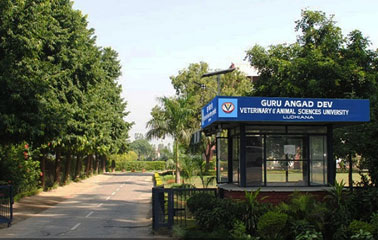

Guru Angad Dev Veterinary and Animal Sciences University (GADVASU), Ludhiana, which completed 8 years of its establishment on 20th April 20, 2014, brought out ‘Vision 2030’ document. The vision document was released by Dr V K Taneja Vice Chancellor, of the university on 21st April, 2014. Dr Taneja, informed that the university in a short period of its existence has made remarkable growth and development in academics wherein five new colleges/schools/polytechnic viz. College of Fisheries, College of Dairy Science and Technology, School of Animal Biotechnology, School of Public Health and Zoonoses, three Krishi Vigyan Kendra’s and a Veterinary Polytechnic have been added. GADVASU today is one among the best veterinary universities in the country and has collaborations with institutions of eminence both at national and international level to address issues related to enhancing livestock productivity, food safety and environment, zoonoses and value addition. He also informed about the products and technologies transferred by the university. The salient ones being: egg jam with 16% animal protein, Mozzarella, low fat Dahi with vitamin ‘D’, meat and fish products, edible films from dairy, meat and fish wastes. A number of herbal products for use in veterinary and human health are in the final stages of testing and would be released soon. He further added that livestock and fish farming are highly economical and viable diversification options to the declining economy of Wheat-Rice system in Punjab.
Vision document envisages initiating new academic programs in wildlife, distance education and livestock business management. Developing human resource through international training of faculty/students in laboratories of excellence forms priority. Strategies to increase productivity through newer technological interventions have been discussed which require addressing challenges of effective breed improvement, managing reproductive disorders, shortages of green fodder, quality feed, natural resource degradation, climate change, new parasites, occurrence of diseases causing high economic losses, slow growth in farm income and adding value to livestock produce to enhance income and profitability. Both short and long term programs have been identified to achieve vision which aims at a sustained livestock growth rate in excess of 5 per cent per annum as against present 3.7 per cent through proactive, novel and innovative research approaches based on cutting edge science. Demonstration and delivery of knowledge and technologies including developing entrepreneurship in value addition of milk, meat, eggs, fish, feed manufacturing, ornamental fish culture and fish seed production which yield 40-50% higher returns would form priority.
The document reflects the vision of a vibrant institution committed to accomplish goals in mandated areas of teaching, research, extension education and technology transfer to meet the expectations of livestock farmers. Deans, Directors and Officers of the university also graced the occasion.

